Altcoin
Solana Outflows Hit All-Time High At $39M, SOL ETF In Jeopardy?
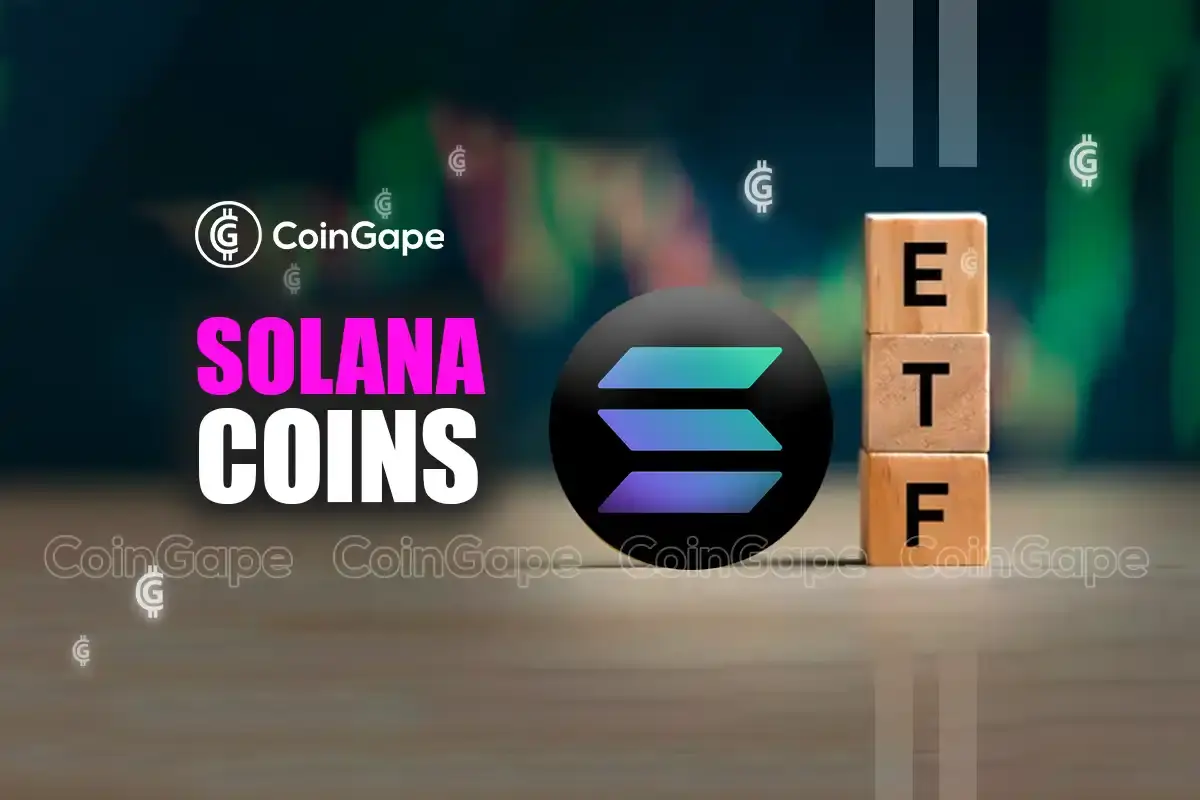
Solana (SOL) outflows surged to an all-time high of $39 million last week. This development comes amid broader market movements influenced by recent macroeconomic data. Moreover, it may exacerbate regulatory uncertainties surrounding the spot Solana ETF applications by VanEck and 21Shares.
Solana Outflows Surge Unprecedentedly
The gigantic Solana outflows have raised eyebrows across the crypto community. The $39 million negative flow marks the highest on record for SOL investment products, according to CoinShares. This outflow is attributed to a sharp decline in trading volumes of meme coins, a segment on which SOL heavily relies.
While Solana grappled with record outflows, other cryptocurrencies experienced varied fortunes. Overall, digital asset investment products saw minor inflows totaling $30 million last week. However, this modest figure conceals significant disparity among different assets and regions.
Bitcoin (BTC) emerged as the most significant beneficiary, attracting inflows totaling $42 million. This indicates sustained investor confidence in spot Bitcoin ETFs, BTC price. Conversely, short-Bitcoin ETPs saw outflows for the second consecutive week, amounting to $1 million. This suggests that investors are less inclined to bet against BTC’s performance in the current market climate.
Meanwhile, Ethereum (ETH) recorded inflows of $4.2 million amid Solana outflows. However, this figure masks a flurry of activity between providers. New entrants into the Ethereum ETF space saw substantial inflows of $104 million. However, asset manager Grayscale’s ETH products experienced significant outflows totaling $118 million.
SOL ETF Approval Faces Trouble
Amid the Solana outflows, the uncertainty surrounding SOL ETF prospects has added to the negative sentiment. Recently, VanEck and 21Shares’ SOL ETF filings were removed from the Chicago Board Options Exchange (Cboe) website. This move sparked concerns about the regulatory approval and future of these investment products.
It fueled speculation about the U.S. Securities and Exchange Commission’s (SEC) stance on these products. Earlier, both companies had filed S-1 forms for spot Solana ETFs in late June. This followed increased clarity on approvals for nine spot Ethereum ETFs by the SEC.
However, the SEC did not issue notices of filings for these SOL ETFs. Hence, leading industry experts debated on whether the 19b-4 filings were withdrawn or rejected. For context, the 19b-4 submission is a critical step in the ETF approval process.
The filing informs the SEC of a proposed rule change by a self-regulatory organization such as an exchange. After such filings, the SEC typically opens a 240-day window to make a decision.
Scott Johnsson, General Counsel at Van Buren Capital, offered a negative comment on the situation. He stated, “I’m assuming Gary [Gensler] notified Cboe that these SOL applications were improperly filed as Commodity-Based Trust Shares because he thinks SOL isn’t a commodity, which obviates the need for the SEC to provide a formal written disapproval order.”
Whilst, Nate Geraci, President of ETF Store, also confirmed the removal of the ETF filings. Furthermore, he expressed skepticism about the approval of SOL ETFs under the current regulatory environment. Also, the latest Solana outflows have led to heightened uncertainty as interest in SOL investment products diminish.
Earlier, Matthew Sigel, VanEck’s Head of Digital Assets Research, criticized U.S. regulators for lagging behind countries like Brazil, which have approved spot SOL ETF. He suggested that the U.S. needs a regulatory “soft fork” for Solana ETF approval.
Disclaimer: The presented content may include the personal opinion of the author and is subject to market condition. Do your market research before investing in cryptocurrencies. The author or the publication does not hold any responsibility for your personal financial loss.
Altcoin
Is Solana Forming a Death Cross Against Bitcoin?
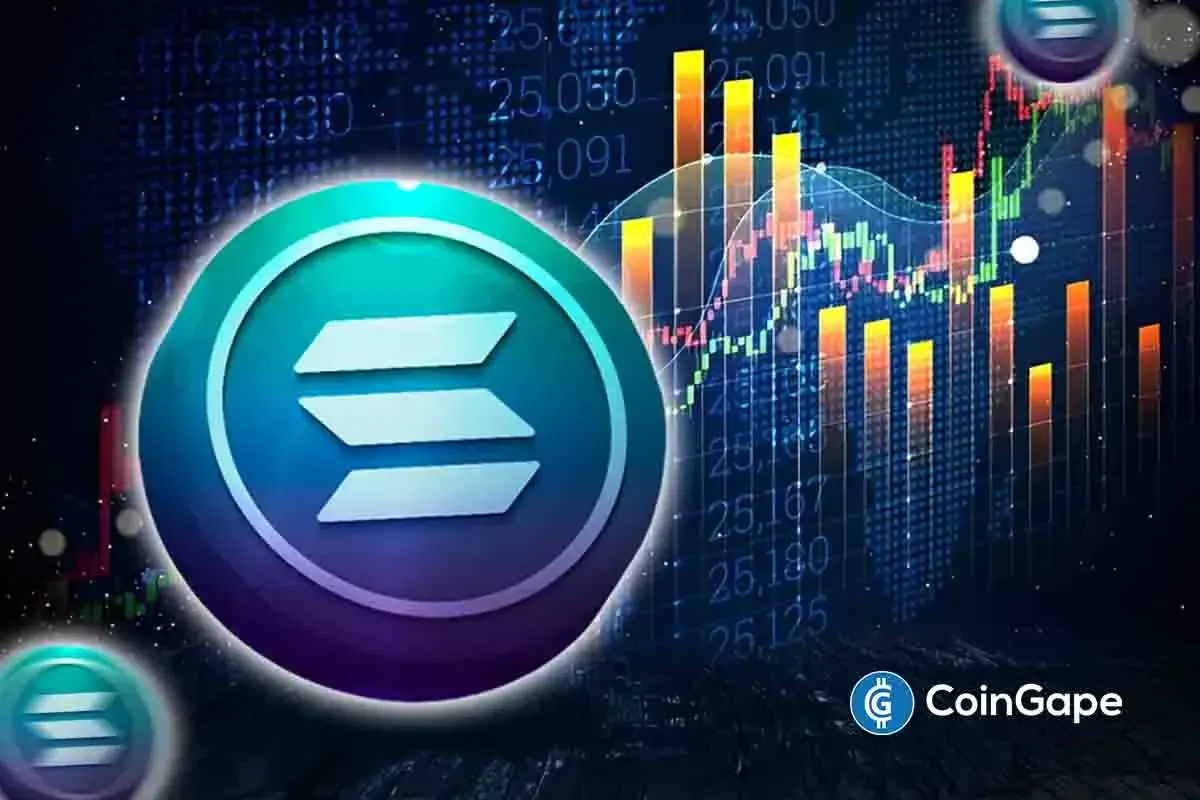
Solana (SOL) price has been under pressure recently, leading to concerns about a potential downtrend against Bitcoin (BTC). On the SOL/BTC price chart are signs that the cryptocurrency could be forming a “death cross,” a pattern that suggests a further decline in price.
This follows a period of weak performance for Solana relative to Bitcoin, sparking discussions on whether the altcoin can recover or continue to underperform.
Will Solana Form a Death Cross Against Bitcoin?
Over the past few months, Solana price has experienced a sharp decline when compared to Bitcoin. As of mid-April 2025, Solana is priced at 0.00158 BTC, down by 23% from earlier in the month. This comes after a significant 54% drop since January, showing a steady loss in value relative to Bitcoin.
The recent drop in Solana’s price has raised concerns among traders and analysts. Moving averages, which track price trends over time, have been narrowing, which is often a precursor to a potential death cross formation.


Specifically, the 23-day moving average is approaching the 200-day moving average in the weekly chart, a key level for technical analysts. If it crosses below the 200-day average, it would officially signal a death cross. This could indicate a further decline in Solana’s price against Bitcoin.
Solana’s Recent Performance and Market Trend
Nonetheless, Solana has had some strength, which can be attributed to the recent launch of Solana ETFs in Canada.
At the same time, institutional investors’ attention contributed to the altcoin’s success in surpassing the performance of numerous other cryptocurrencies, including Bitcoin. Solana delivered a 10.5% return within a week, while Bitcoin delivered a 1.8% return in the same time frame.
Nonetheless, the recent excitement about Solana appears to have subsided with the lessened market movements. Analysts like Ali Charts are now analysing whether the recent strength was just a blip in the charts or the first sign of an actual trend reversal to $65.
SOL/BTC Technical Patterns and Support Levels
Based on the current technical perspective, Solana’s price trend against Bitcoin has established the “Falling wedge” chart. This pattern is normally noticed during the consolidation phase, and the break above the upper trend line is usually interpreted as a signal for a bullish move.
The declining moving averages indicate that Solana may continue to decline against Bitcoin and possibly test lower supports despite the SOL/ETH ratio recording its highest weekly close
At present, the price is almost at the apex of the wedge pattern, meaning that it can break soon. If the price surmounts the resistance level at around 0.0018BTC, it will possibly lead to a bullish run and might even regain the value of 0.001895BTC for Sol. However, if the price cannot hold its support at 0.0014 BTC, then it may decrease even lower.


Solana’s performance against Bitcoin will be very significant over the next few weeks. The potential death cross and the support and resistance levels on the chart pinpoint that Solana might experience a difficult time moving forward. If the trend persists, the altcoin could potentially drop as low as 0.001 BTC—a price point that, when measured in dollar terms, is below $100.
Disclaimer: The presented content may include the personal opinion of the author and is subject to market condition. Do your market research before investing in cryptocurrencies. The author or the publication does not hold any responsibility for your personal financial loss.
Altcoin
Canary Capital Files For Staked Tron ETF
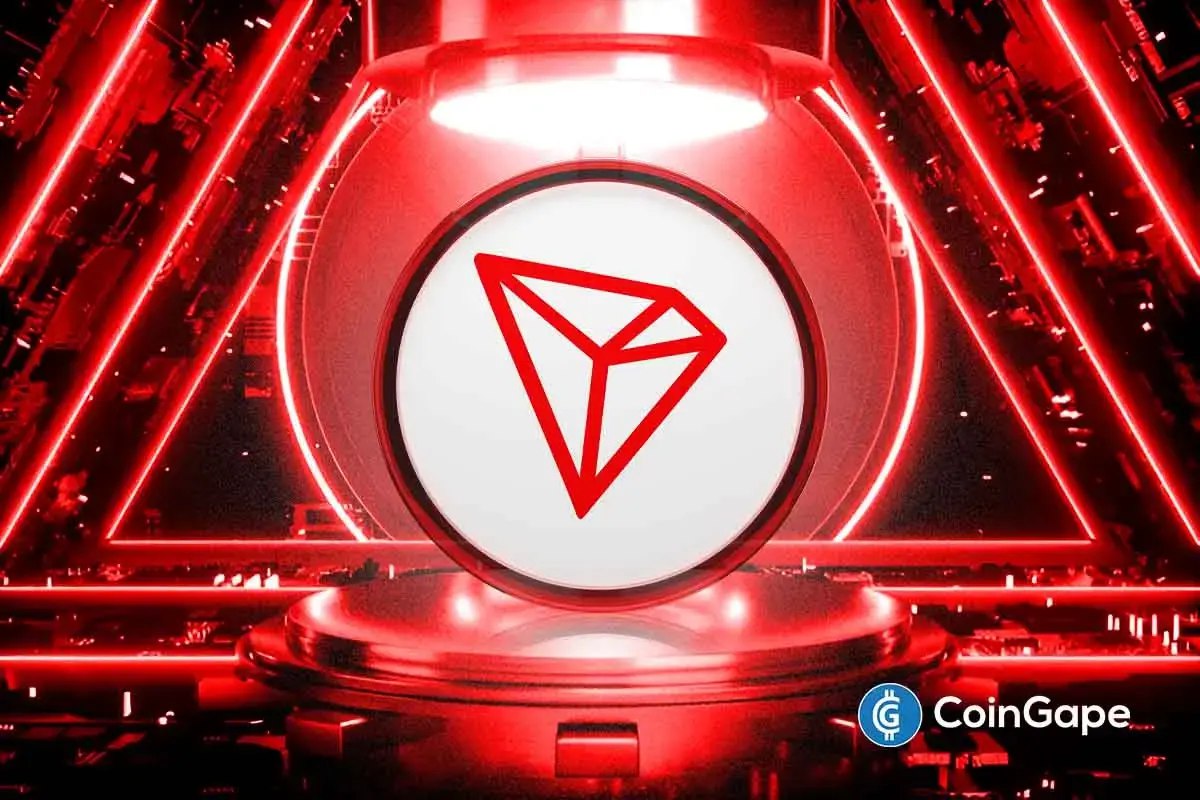
American asset management company Canary Capital has taken a new leap with a new filing for a staked Tron ETF product. Known as the pioneer of some of the most renowned altcoin ETF products, this new Tron ETF has further placed the firm at the forefront of the exchange-traded fund drive.
The Canary Capital Staked Tron ETF
According to the prospectus released by the firm, the new product is dubbed the Canary Staked TRX ETF. The firm is yet to reveal the trading platform the product will trade on, however, it confirms it will provide exposure to the price of Tron.
Based on the pricing data offered by Coindesk Indices, Canary Capital said it will rely on this to establish the Net Asset Value (NAV) for the product. This latest filing comes barely a month after the asset manager filed for Pengu ETF with the US Securities and Exchange Commission (SEC).
This is a breaking news, please check back for updates!!!
Disclaimer: The presented content may include the personal opinion of the author and is subject to market condition. Do your market research before investing in cryptocurrencies. The author or the publication does not hold any responsibility for your personal financial loss.
Altcoin
XRP Price History Signals July As The Next Bullish Month
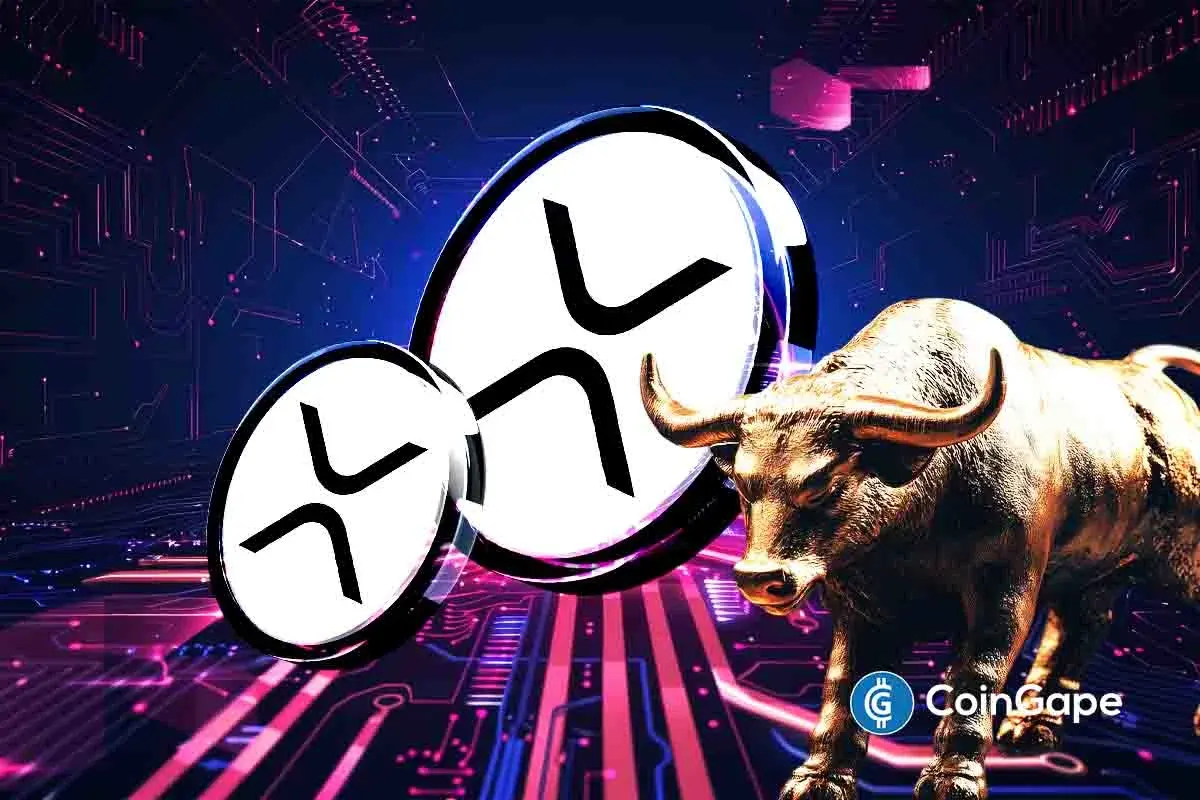
Based on historical data, July could be the next bullish month for the XRP price, which continues to consolidate amid this crypto market downtrend. Despite the market downturn, crypto analysts like CasiTrades are confident that the altcoin could still reach a new all-time high (ATH) in this market cycle.
Historical Data Points To July Being The Next Bullish Month For The XRP Price
Cryptorank data shows that July could be the next bullish month for the XRP price. This is based on the fact that the altcoin has recorded significant gains in each of the last five Julys.
Unlike July, April to June have been mixed for XRP over the last five years. For April, the last three out of five months have been bearish for the altcoin, although it recorded a 174% gain in April 2021.
For May, three out of the last five months have been bearish for the XRP price, although it recorded meagre gains in May 2023 and 2024. Meanwhile, June has been completely bearish for the altcoin, as it recorded monthly losses in the last five months.
It is worth mentioning that four out of the five monthly gains for XRP in July have been double-digit gains. As such, Ripple’s native crypto could again record double-digit gains this coming July.
Interestingly, crypto analyst Egrag Crypto predicted that XRP could reach double digits by its July 21 cycle peak. He alluded to the altcoin’s previous bull runs as to why July could mark this cycle’s peak. The analyst believes the Ripple price could reach $27 by then.
Analysts Argue XRP’s Consolidation Could End Soon
Amid this historical data, crypto analysts Dark Defender and CasiTrades have suggested that the XRP price consolidation could end soon. In an X post, Dark Defender stated that the altcoin’s consolidation is nearing an end and that he believes this is the final consolidation of the monthly structure.
Once this consolidation is done, the crypto analyst remarked that market participants can expect the Wave 5, which will send Ripple’s native crypto to new highs. He highlighted $2.22 and $2.30 as the major resistances to watch out for, while $1.88 and $1.63 are the major support levels. Meanwhile, the targets on this Wave 5 up are $3.75 and $5.85, which will mark a new ATH for the altcoin.
As CoinGape reported, crypto analyst CasiTrades also predicted that the XRP price could soon reach $6 as Wave 2 correction nears its end. The analyst also raised the possibility of the altcoin rallying to as high as $9.50 and $12 if it reaches the 2.618 and 3.618 Fibonacci extension levels, respectively.
However, there is still the possibility of the XRP price dropping below the $2 level before it rallies to new highs. Egrag Crypto warned that Ripple’s native crypto could still drop to as low as $1.4 in the event of a major liquidation.
Disclaimer: The presented content may include the personal opinion of the author and is subject to market condition. Do your market research before investing in cryptocurrencies. The author or the publication does not hold any responsibility for your personal financial loss.
-

 Ethereum17 hours ago
Ethereum17 hours agoEthereum Fee Plunges To 5-Year Low—Is This A Bottom Signal?
-

 Market21 hours ago
Market21 hours agoEthereum Price Fights for Momentum—Traders Watch Key Resistance
-
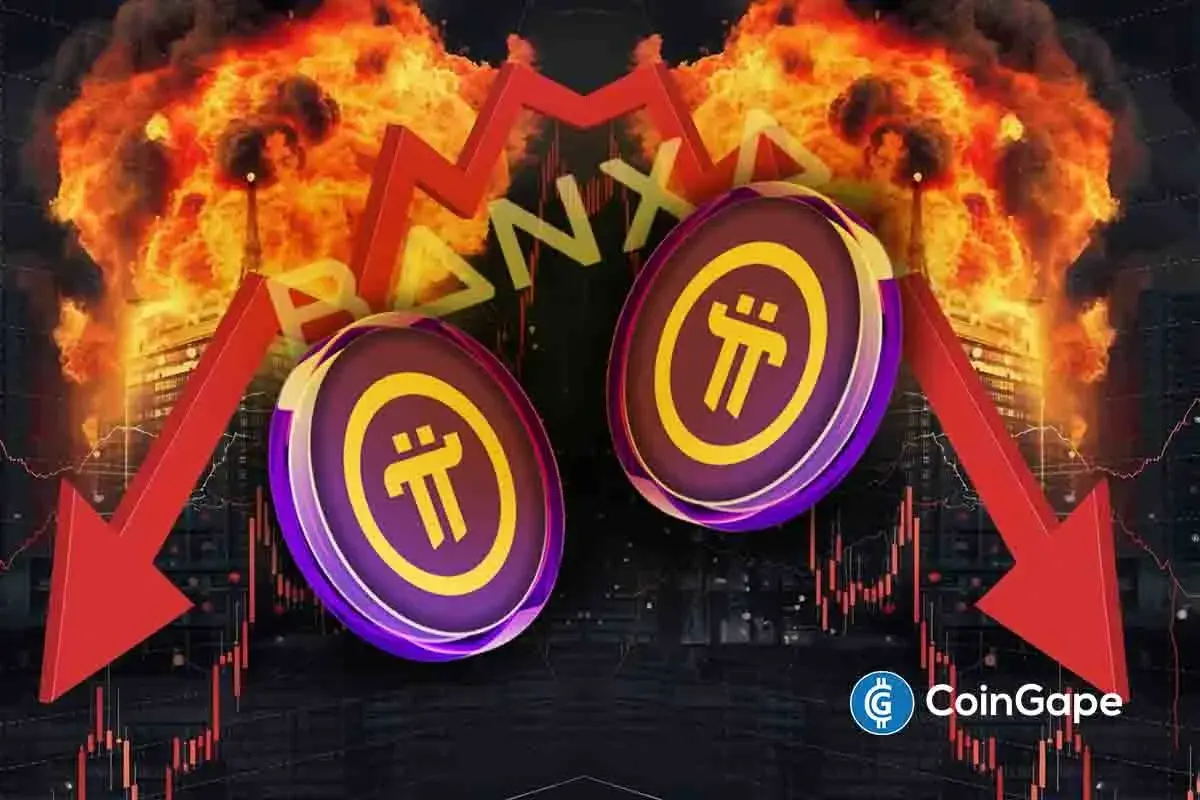
 Altcoin21 hours ago
Altcoin21 hours agoExpert Predicts Pi Network Price Volatility After Shady Activity On Banxa
-

 Altcoin24 hours ago
Altcoin24 hours agoTron Founder Justin Sun Reveals Plan To HODL Ethereum Despite Price Drop
-

 Market19 hours ago
Market19 hours agoIs XRP’s Low Price Part of Ripple’s Long-Term Growth Strategy?
-

 Market23 hours ago
Market23 hours agoSui Meme Coins Surge With Rising DEX Volumes
-

 Altcoin22 hours ago
Altcoin22 hours agoAnalysts Predict XRP Price to Hit $6 as Wave 2 Correction Nears End
-

 Altcoin17 hours ago
Altcoin17 hours agoHashKey Launches First XRP Tracker Fund With Ripple’s Backing









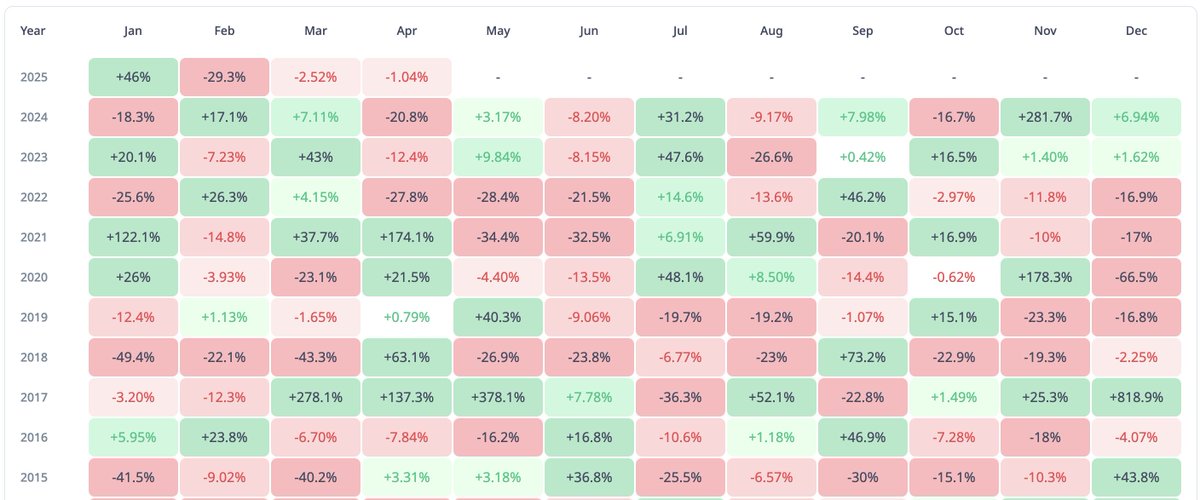
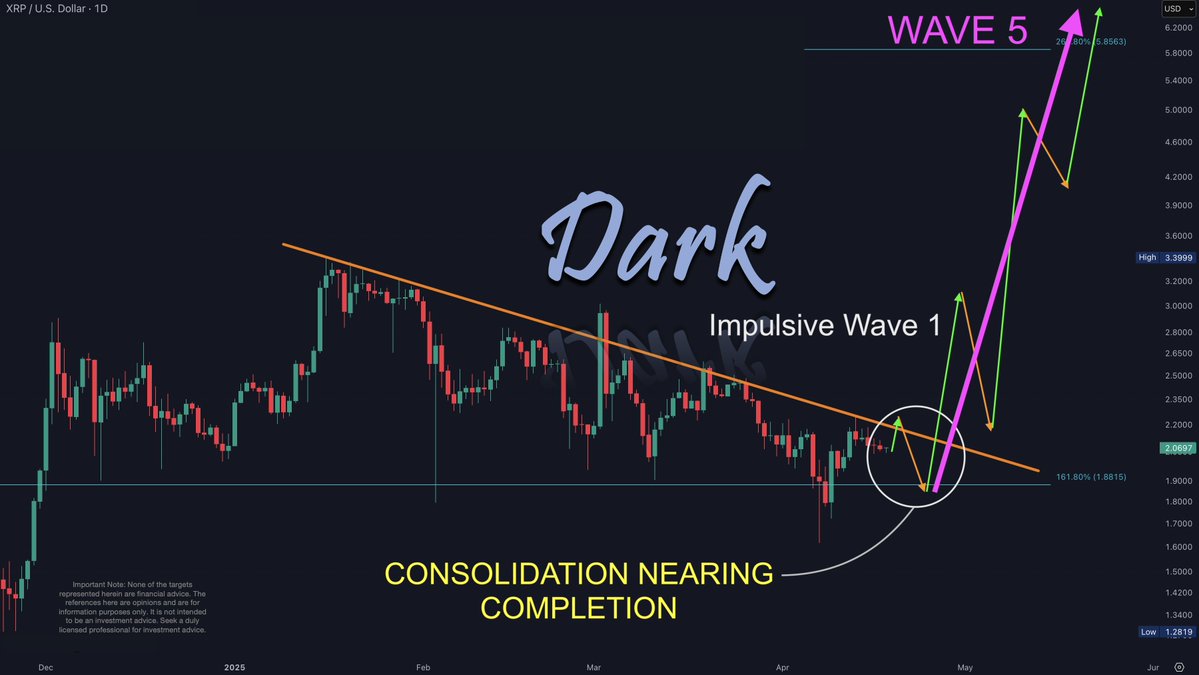









✓ Share: